Check the north pole in the old world map, my head is spinning.
Where Was the Garden of Eden Located?
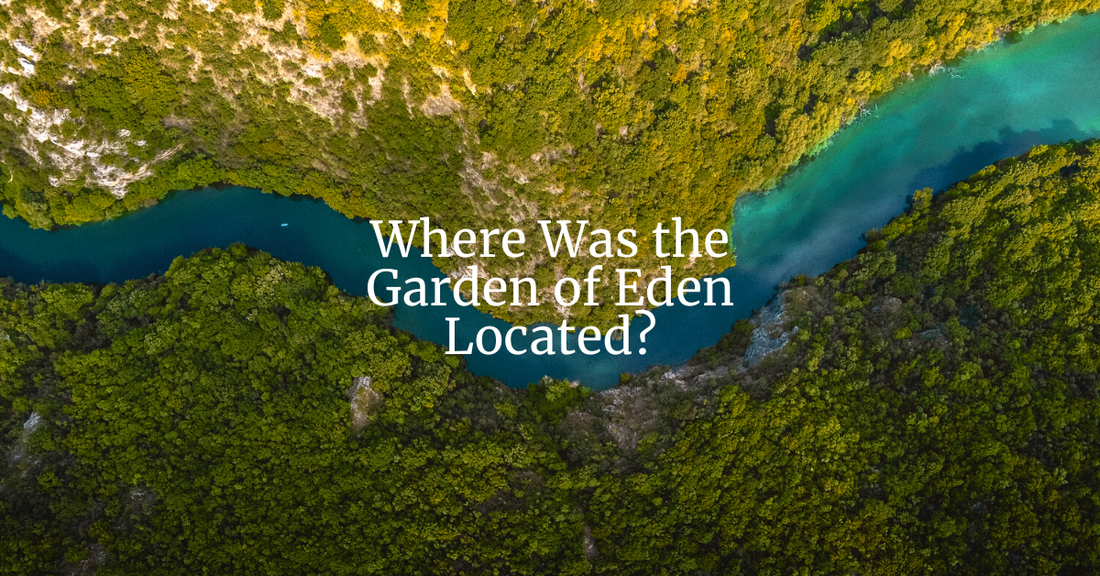
The Creation story from Genesis tells us that the first named location on Earth (after God had created the world) was the Garden of Eden.
The Garden of Eden was a paradise where there was no death, illness, hunger or sin.
However, Satan, in the form of a serpent, tempted Adam and Eve to eat from the Tree of Knowledge and God cast them out of the Garden into the world beyond.
This story is the founding creation story in the Christian, Jewish and Moslem religions. Some believe this story to be literal truth whilst others believe the creation story to be illustrative and spiritual only (allegorical).
Whatever you believe it is clear that whoever wrote Genesis believed the Garden of Eden to be a real place as he gives a precise geographical description.
What inspired him to include this information?
Let’s look at the geographical clues in more detail.
Genesis 2:8 says that Eden was ‘in the east’. But east of where? We can only assume that ‘east’ means from the perspective of the author. The author of Genesis is generally considered to be Moses (although there is some debate on this) so this suggests that “east” means east of the area we now know today as Israel.

The second geographical clue is the naming of four rivers that flowed from Eden.
These are the Pishon, the Gihon, the Tigris and the Euphrates.
The latter two names are familiar to us today. Their names are pretty ancient, and we can be fairly confident that these two rivers, flowing from the mountains of modern day Turkey into Iraq are the ones referred to in the Bible.

So, what about the Pishon and the Gihon?
Further clues are given in Genesis 2:11 “…the Pishon winds through the entire land of Havilah where there is gold”.
Havilah is considered to be referring to the Arabian Peninsula. And, indeed, in 1994 satellite photography captured what was likely to be a dried-up riverbed running across Saudi Arabia into the Persian Gulf.

Genesis 2:13 says that the Gihon “winds through the entire land of Cush”.
Cush is known today as Sudan. In the KJV Bible the word “Ethiopia” is specifically used.
This is confusing as East Africa is a long way from the Euphrates and the Tigris and is separated from the Arabian Peninsula by the Red Sea.

Perhaps, over the subsequent millennia, the original rivers flowing from the Garden of Eden have been lost and the Tigris and Euphrates we know today are not actually the rivers mentioned in Genesis?
So, this is confusing. However, we shouldn’t be surprised that we don’t know where the Garden of Eden is. God cast us out of there after all. Why would he leave it in plain view in that case?
Another point to remember is that there would be no archeological evidence of the Garden of Eden. Adam and Eve did not leave anything behind that could be found today – such as buildings, tools, pottery, weapons, etc. They never even wore clothes within the Garden of Eden so all archeological evidence would have long since decomposed.

However, I believe that the clues left within Genesis are enough to guide us to a rough spot.
And human curiosity surely would like to understand this mystery of Genesis.
After all, why else would you be reading this article? And why would I spend time writing it if we didn’t want to know?
A lot of contemporary scholars put the Garden of Eden under, what is today, the Persian Gulf.

This makes a lot of sense if you look at the map of the area.
The present-day Tigris and Euphrates rivers do indeed flow into this area. And a dried-up river across the Arabian peninsula does too – hence scholars have surmised this could be the fabled Pishon river.
The fourth river, the Gihon, is interpreted as the Karun river which flows in from Iran in the East.
However, this seems to be a bit of wishful thinking as there is no Biblical or historical evidence to support this. Rather it matches the map roughly and so conveniently puts the Garden of Eden underneath what is now the Persian Gulf.
This suits the facts because it is actually true that this area was above sea level in the time of Adam and Eve and, of course, the Great Flood could explain why it is under water today.

Indeed, archeologists agree that human civilization began with farming and domestication of animals in a fertile crescent of land known as Mesopotamia.

Mesopotamia means ‘The Land Between The Rivers’ in Ancient Greek which matches the Biblical description.
And doesn’t the growing of grain and the raising of livestock remind us of the Adam’s first mission from God?
“So the Lord God banished him from the Garden of Eden to work the ground from which he had been taken” (Genesis 3:23).
“Now Abel kept flocks and Cain worked the soil” (Genesis 4:2).
So, this theory, I believe, is on the right track in many ways but unfortunately is wrong because of one fundamental error.
Let’s check back to see what the Bible says (always a good idea in any situation, don’t you think?).
Genesis 2:10 tells us “A river watering the Garden flowed from Eden from there it was separated into four headwaters”.
The Garden of Eden is where this river split into four and then flowed out to the sea.
It is quite clear. The river flows FROM Eden not INTO it. A headwater is defined as “a tributary stream of a river close to or forming part of its source.”

The Persian Gulf is nowhere near the source of the Tigris or Euphrates. It is not near the source of any river as a matter of fact – rather it is at the estuaries of the rivers – the complete opposite end.
And that is where, I believe, the original Garden of Eden lay.
At the source of the Tigris and of the Euphrates and of the, now forgotten, Pishon and Gihon.
The Tigris and Euphrates rivers originate in the Taurus mountains of southeastern Turkey.

There are plenty of other rivers here which could once have been called the Pishon and the Gihon.
And one striking thing to note. After the Great Flood Noah and his family landed at Mount Ararat which is just a couple of hundred miles east of the source of the Euphrates. It stands to reason therefore that the first men lived in this region.

So, in my opinion, the Bible gives us enough guidance to estimate the approximate location of the original Garden of Eden. And that location is in the Taurus Mountains of southeastern Turkey. On the northern edge of Mesopotamia.
Of course, this is just my view, and there are plenty who disagree with me. Like many things interpreting the Bible is a matter of individual faith.
What do you think? Where do you believe the Garden of Eden lay? Do you believe that it even once existed?
We’d love to hear your comments below.
Please visit www.wisdombegun.com/genesis for more thought-provoking discussions on the Book of Genesis plus free downloads and presentations about the Genesis story - ideal for use at Bible Study groups or Sunday school lessons..
Thanks for joining us today!
For daily inspiration on God’s word, please like and follow our Facebook page and YouTube channel.
Wisdom Begun. God’s words delivered daily.
I love the writing of Eden. It makes sense for now.
Thanks for this amazing information. I believe this info is true.
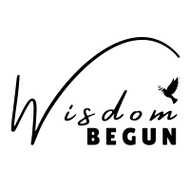




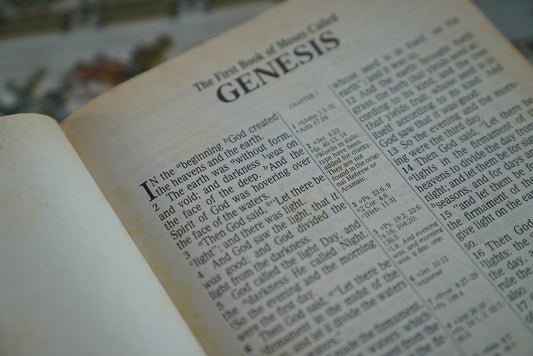
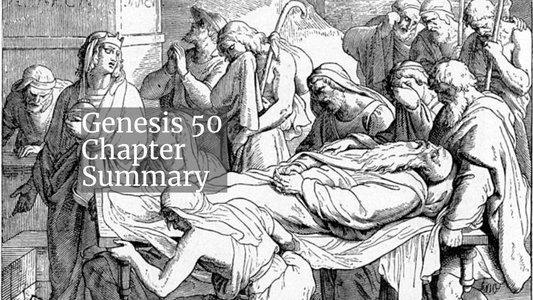
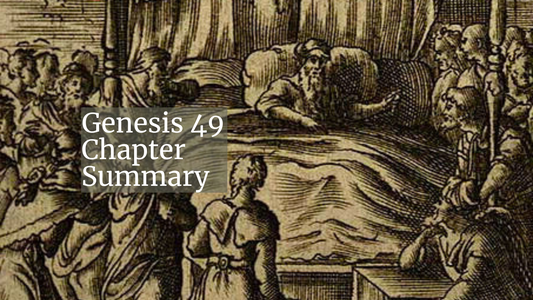
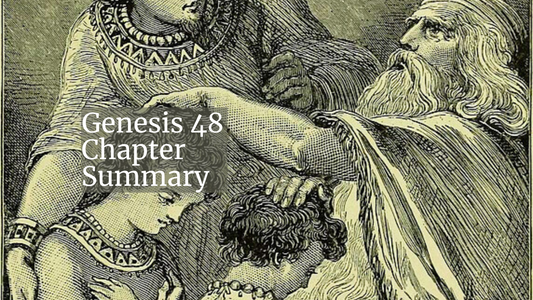
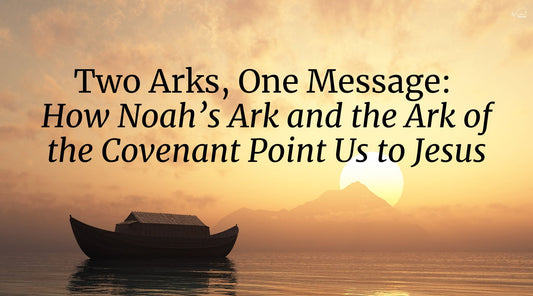
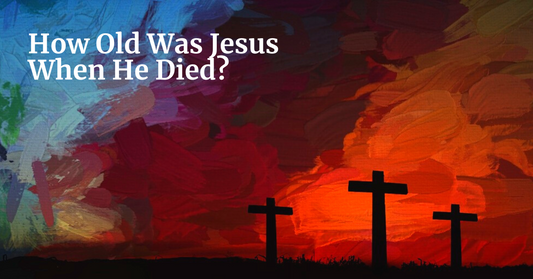
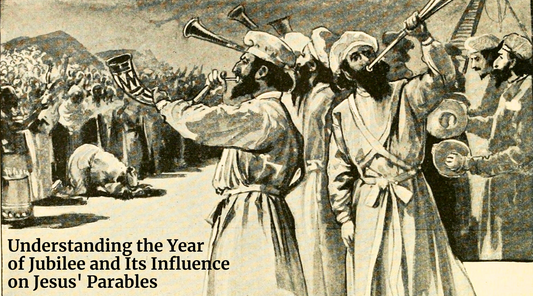
7 comments